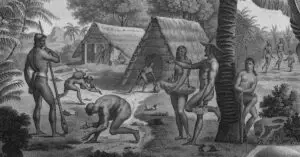
Mampolitiku: Politics
The Matua controlled the most resources and lands and were the most politically powerful class. Historical accounts give us a clear image of their place

The Matua controlled the most resources and lands and were the most politically powerful class. Historical accounts give us a clear image of their place
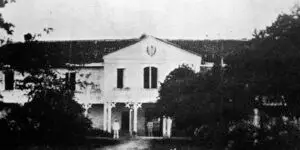
Two terms were used to differentiate the origin of the Spaniards residing In the 19th century colonial Philippines. A Spaniard born in Spain was referred
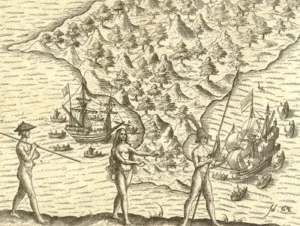
Spanish administrative term. This name is given to the primitive Indians with whom the Spaniards settled the peace agreements, although their descendants had mixed by
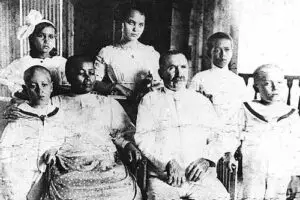
During Spanish colonial rule in the Marianas, the term mestizo (mestisu in CHamoru) referred to a person of mixed parentage. In its original context, as
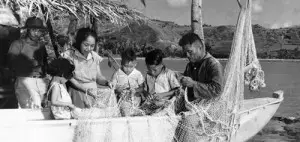
Manåmko’ is a Chamorro/CHamoru word which means the elderly. Manåmko’ can be translated into two words: The main word or subject is amko meaning elderly,